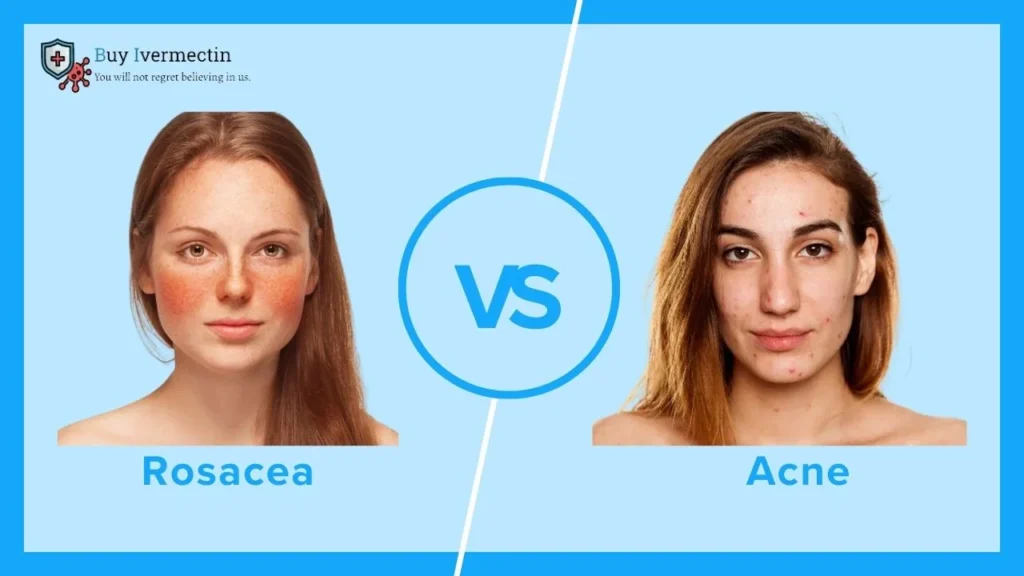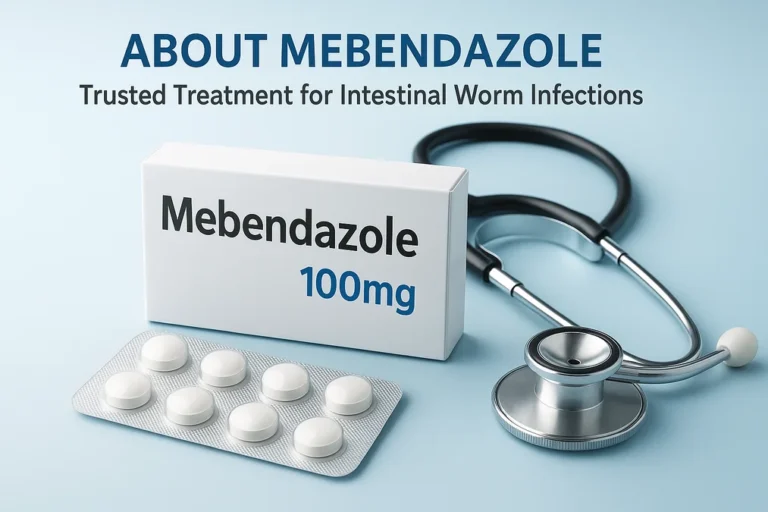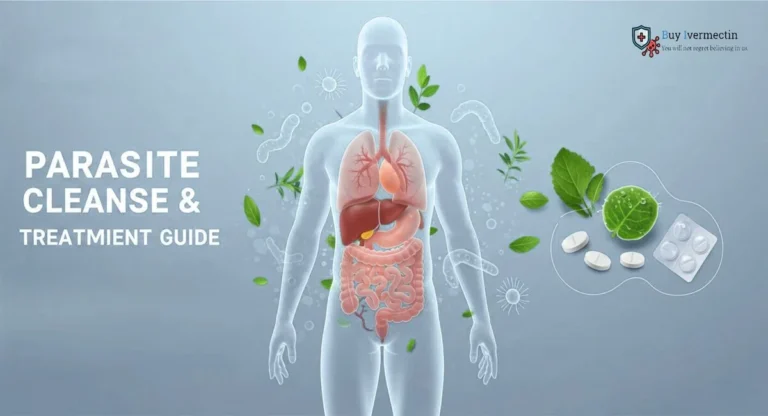What is Rosacea?
- Bumps And Pimples
- Skin Thickening
- Dry Or Scaly Skin
- Burning, Itching, Or Stinging Sensation
- Appearance Of Thin Blood Vessels
- Eye Irritation
- Facial Edema (Swelling)
- Flushing Or Facial Discoloration (Usually Red, Brown, Or Purple)
- Ocular: red, itchy eyes that may also have enlarged eyelids
- Phymatous: thickened, rough skin patches
- Papulopustular: patches of pustules and papules that resemble acne and are swollen and discolored.
- Erythematotelangiectatic: flushing accompanied by visible blood vessels and discolouration
Acne: What is it?
Most people associate acne with acne vulgaris, an inflammatory skin condition that affects up to 85% of adults between the ages of 12 and 24.
Sebaceous glands, the skin’s oil glands, block the reason for it. The environment that is created by this oil buildup and skin cell shedding makes it possible for bacteria to proliferate, and eventually, the clogged gland’s walls collapse and leak into the surrounding tissue.
An inflamed pimple is the result of this procedure.
- Lumps
- Cysts
- Pustules
- Whiteheads and blackheads
- Brown, red, or purple discoloration
- Itching
- Localized enlargement
How to Tell Acne and Rosacea Apart
| Signs and Symptoms | Rosacea | Acne |
|---|---|---|
| Redness | Persistent facial flushing, redness, and visible blood vessels. | Red bumps, whiteheads, blackheads, and cysts. |
| Texture | Thickening of the skin with visible bumps and pimples. | Skin may appear oily with raised bumps and inflammation. |
| Location | Primarily affects the central face, including cheeks, nose, chin, and forehead. | Commonly appears on the face, chest, back, and shoulders. |
What Causes Rosacea?
What Causes Acne?
The Common Cause
Can You Get Both Rosacea and Acne at the Same Time?
Are Rosacea and Acne Treated the Same Way?
Treating Rosacea vs Acne
| Treatment Approach | Rosacea | Acne |
|---|---|---|
| Topical Medications | Ivermectin, Metronidazole, azelaic acid, and brimonidine gel to reduce redness and inflammation. | Benzoyl peroxide, retinoids, salicylic acid, and antibiotics to unclog pores, kill bacteria, and reduce oil production. |
| Oral Medications | Oral antibiotics like Doxycycline or isotretinoin for severe cases. | Oral antibiotics, hormonal therapy (birth control pills), or isotretinoin for persistent or severe acne. |
| Lifestyle Changes | Avoiding triggers like sun exposure, spicy foods, and alcohol. Gentle skincare routine using non-irritating products. | Regular cleansing, avoiding harsh skincare products, and maintaining a balanced diet. |
| Procedures | Laser therapy, intense pulsed light (IPL), or vascular laser to reduce redness and visible blood vessels. | Chemical peels, microdermabrasion, or extraction of comedones to improve skin texture and reduce acne lesions. |
How Do I Prevent Rosacea and Acne?
Preventing Rosacea:
- Protect your skin from the sun by wearing sunscreen daily.
- Limit exposure to extreme temperatures and wind.
- Avoid spicy foods, alcohol, and hot beverages that can trigger flushing.
- Use gentle skincare products suitable for sensitive skin.
Preventing Acne:
- Wash your face twice daily with a gentle cleanser to remove excess oil and impurities.
- Avoid picking or squeezing acne lesions to prevent scarring and further inflammation.
- Choose oil-free and non-comedogenic skincare and makeup products.
- Maintain a balanced diet rich in fruits, vegetables, and whole grains while limiting dairy and high-glycemic foods.
What Happens If You Don’t Treat Rosacea or Acne?
The Bottom Line
Frequently Asked Questions
Q: Can rosacea and acne coexist?
A: Yes, it’s possible to have both rosacea and acne simultaneously, which may complicate diagnosis and treatment.
Q: Are there any lifestyle changes that can help manage rosacea?
A: Yes, avoiding triggers like sun exposure, spicy foods, and alcohol, along with gentle skincare practices, can help manage rosacea symptoms.
Q: What are the common medications used to treat acne?
A: Common medications for acne treatment include benzoyl peroxide, retinoids, salicylic acid, and oral antibiotics.
Releted Information:




